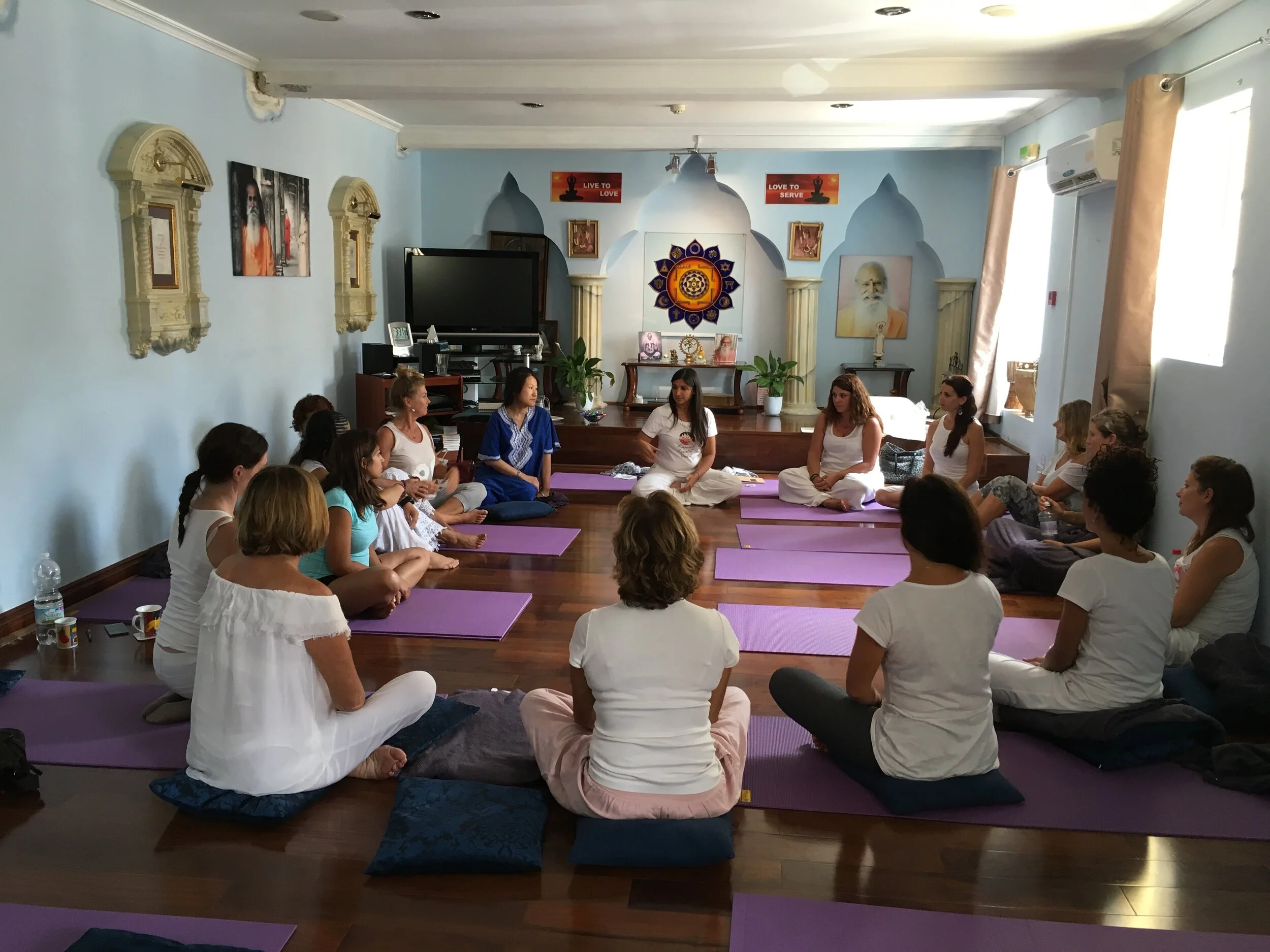How to make prenatal yoga more accessible
Let’s face it. Pregnancy isn’t always kind to our bodies. There is so much a woman has to deal with. Her yoga should be a place where she isn’t judged or expected to perform. Rather, she can stretch and strengthen her body in targeted ways to help her feel good in body and mind.
For prenatal yoga teachers who want to make their classes more accessible to women of all abilities, here are some useful considerations:
Never make assumptions about a woman’s pregnancy. Pregnancy is not always a happy picture. Not every pregnancy is planned or wanted. Some women may even be pregnant due to being violated by a known or unknown partner. For these reasons it’s important to understand the effects of stress on pregnancy and be trauma aware.
Empower students to own their sensations and make choices based on their feelings. If a yoga teacher puts expectations on students and their performance in a class, he or she takes away the sense of self-control. Teachers want to encourage students to tune in to their bodies, their energy, and their needs. Yoga is not about a certain shape or form. It is about an inner experience.
Create a class structure that is consistent and predictable. When a class follows a predictable rhythm, the students know what to expect, which can foster a feeling of security. To avoid being repetitive, teachers can adjust the content to cover different pregnancy topics or class themes.
Adapt, adjust, and accommodate. Brush up on prenatal chair yoga adaptations and have an abundance of extra props ready to go. Be prepared to teach two classes parallel to each other and integrated with one another. Instead of telling students to practice a modified version of a pose, simply offer ‘options’ for practice and demonstrate these options without saying if one is more advanced than the other.
Offer teachings that go beyond the yoga mat and into everyday life. If a woman has to leave your class because she has reached the end of the gestation period or she runs into a health condition, she should have a few tools that she can use to help her through this time. For example, when teaching more subtler practices of yoga in class such as warm-ups or pranayama, you can discuss how this is beneficial even if a woman goes on bed rest or when the baby is born.
Be a part of a woman’s community. Although prenatal yoga teachers are not midwives, doulas or counsellors, they can be caring individuals as part of a woman’s community. How far teachers want to take it is an individual choice. One idea is to go for a smoothie or tea after class with students from time to time. If a teacher is not comfortable with this, then simply being available for students to ask questions or share struggles before or after class is another way to make yoga more accessible.
For more information on the Accessible Prenatal Yoga Course, please visit: https://hershayoga.teachable.com/p/accessible-prenatal-yoga-training.


